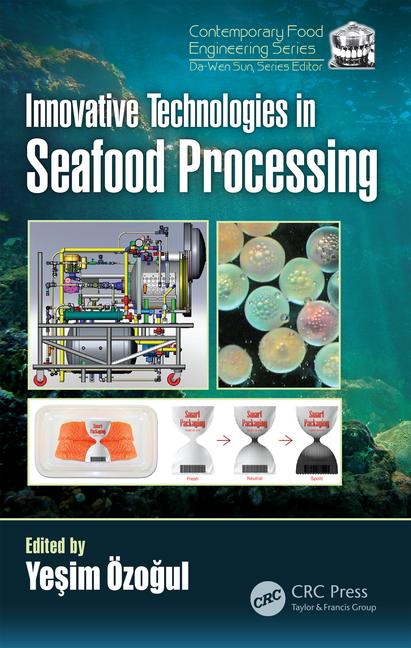How to Tackle Truck Driver Shortage in the Refrigerated Sector




Capacity is a word that’s constantly on the minds of many companies. Is there enough capacity available to handle my freight? When will capacity become tight? What strategies can we implement to prepare for and actively cope with a capacity shortage?
From 2004-2008, shippers experienced a significant capacity crunch, and in 2009-2012, the economic downturn drove many trucking companies out of business, leaving behind a shortage of over-the-road (OTR) truck drivers. The market has since partially bounced back, with 2014 being a profitable year for trucking. However, it was expected that overall trucking rates would go down as oil and fuel prices decreased, but that hasn’t been the case, particularly in the refrigerated trucking sector.
Right now there is a significant lack of refrigerated truckload capacity, and all those in the market are actively competing for the limited refrigerated capacity that is available.
Regulatory changes and driver shortages continue
The current driver shortage is a major factor adding to the problem, and one that the trucking industry will continue to struggle with in the coming years. Regulatory changes such as the Federal Motor Carrier Safety Administration’s (FMCSA) regulations for Hours of Service (HOS) and Compliance, Safety, Accountability (CSA) standards will continue to reduce productivity (3-5% by most industry estimates), and further take drivers off of the road. As capacity continues to be an issue for shippers, FMCSA regulations will only further exacerbate the problem, while also driving up prices from the carriers, which will eventually be passed on to consumers.
The most recent driver shortage has been particularly difficult because the market is seeing a different generation of long-haul trucking—fewer drivers are willing to spend multiple weeks on the road, and most are pursuing more regional opportunities. And, truck drivers for refrigerated units are a more specialized position, and therefore even more scarce.
As a result, retailers and consumer packaged goods (CPG) companies are experiencing some of the highest freight costs in recent history, and these costs could only increase as HOS and CSA standards continue to reduce productivity and create further capacity challenges. It’s critical for shippers to strategically plan for these challenges to ensure access to truck capacity and avoid disruptions in the transportation of goods.
Staying ahead of the capacity crunch
During capacity and driver shortages, shippers must be proactive in implementing strategies that create an agile supply chain that can adapt to changes in the market and maintain efficient operations. Here are some ways that companies can adjust their operations to stay ahead of the capacity crunch:
· Expand your mode mix. Look to alternate modes for shipping, such as intermodal, and not be so reliant on OTR trucks. Enhancements in rail infrastructure in the eastern part of the United States has improved moving freight in that area of the country.
· Examine your supply chain network design.Evaluate the locations of your suppliers, customers and distribution centers and other facilities in relation to each other to identify if changes should be made in order to optimize your supply chain network.
· Create collaborative shipping partnerships.Look for opportunities to co-load freight with other shippers to share capacity and maximize the cube-and-weight utilization of a trailer or railcar, while also reducing transportation costs.
· Optimize your shipping structures.Examine your products and how they’re shipped to identify areas for improvement, whether that’s changing how they’re loaded or redesigning packaging in order to fit more product onto the trailer.
· Establish carrier-friendly best practices.By establishing carrier-friendly practices that promote driver efficiency and productivity, shippers can become a preferred shipper for carriers and be rewarded with capacity.
Relationships matter more than ever
In a specialized market such as refrigerated trucking, relationships mean more now than ever before—a good relationship between a shipper and carrier can and will transcend any market volatility. Carriers, just like shippers, are always looking for ways to improve efficiency and streamline their operations. This includes being consistently mindful of the companies they work with and keeping detailed metrics for their shipper partners.
With capacity tightening and shippers finding it increasingly more challenging to find an available truck, many are looking for ways to become a “preferred shipper” to their carrier partners. In the past, shippers had more leverage due to an abundance of capacity being available in the market, and carriers had to compromise. But now, factors such as changes to industry regulations and the lack of available drivers are tightening the capacity, driving carriers to be more selective and strategic about what shippers they work with—even going so far as to giving shippers a scorecard.
The scope of the relationship and the level of mutually-beneficial partnership can also affect the preference status of a shipper. Recent history shows that outcomes can sometimes be disastrous when long-term relationships are sacrificed over price. And, with all of the unpredictable factors that can impact transportation, capacity shortages in the refrigerated sector continue to be a matter of when, not if. It is imperative that shippers be proactive in implementing strategies that create an agile supply chain able to adapt to changes in the market and maintain efficient operations during future capacity shortages, including being viewed as a preferred shipper by their carrier partners.
Looking for a reprint of this article?
From high-res PDFs to custom plaques, order your copy today!











